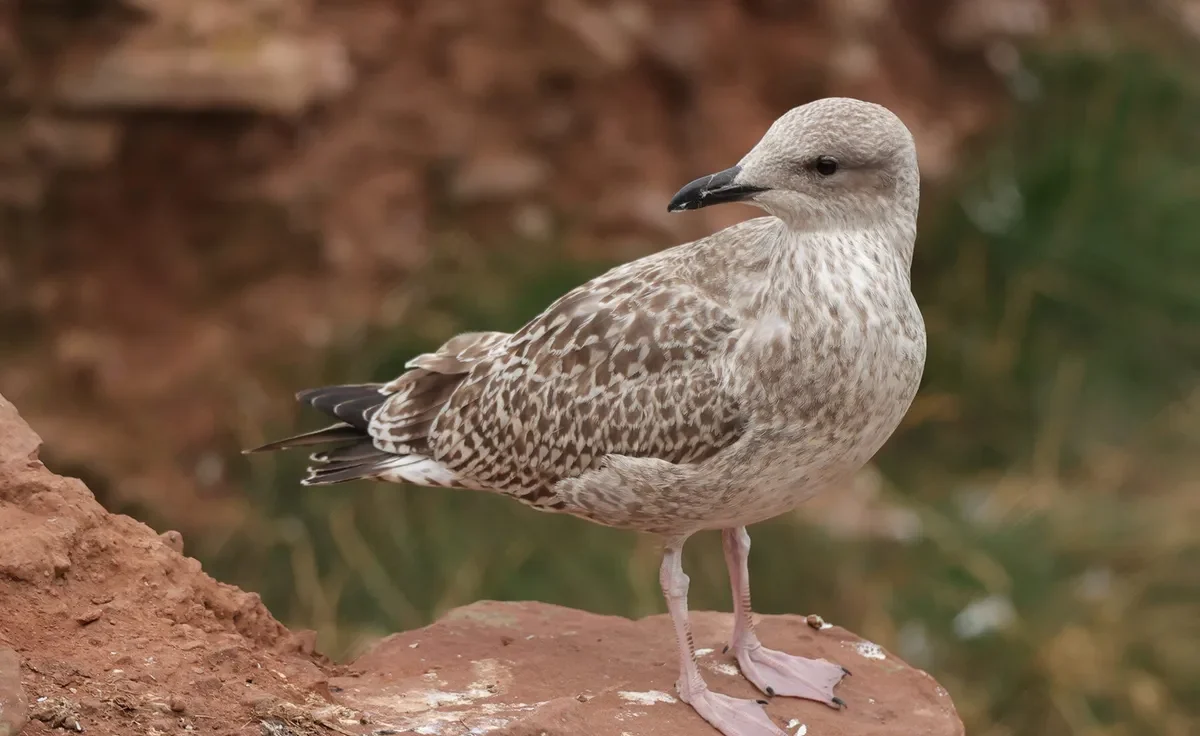
Gull Chicks
Hundreds of gull chicks arrive at our Wildlife Centre every year, many of them unnecessarily.
Last year, almost 90 gull chicks were picked up and brought to the Centre who didn’t need to be displaced. Whilst you might think you are helping, not every gull chick needs to be rescued.
We need your help to reduce displacing gull chicks unnecessarily. To help you decide what to do if you discover a gull chick, please read our advice below to determine when a gull chick needs our help or not.
When a gull chick should be reported
- Injured or sick chicks: If the chick is visibly injured (e.g., a broken wing or leg) or showing signs of illness (e.g., weakness, laboured breathing, or abnormal behaviour) you should call our helpline and contain the bird where possible
- Fluffy chicks abandoned for an extended period: If the chick is still grey and fluffy and appears to be abandoned with no adult gulls nearby for an extended period (two hours), it may need help. It’s important to bear in mind that adult gulls will leave their chicks alone for periods, so this should be carefully assessed. Please be mindful that the parents may not return if you are in the vicinity or some may also dive bomb from above.
- Chicks in immediate danger: If the chick is in a location that puts it at risk, such as near a busy road.
When a gull chick should not be reported
Many gull chicks may appear to be abandoned or in distress when they aren’t and do not need to be disturbed. In fact, taking them away from their natural environment can do more harm than good.
Healthy, active chicks
Gull chicks are often found on the ground while they’re still learning to fly. They may be left by their parents for periods of time, but the adult gulls are typically nearby and will return to care for them. These chicks are usually healthy and should not be removed from their environment under any circumstances.
Chicks being fed by parents
If you see adult gulls nearby or returning to the chick, it’s important to leave the chick where it is. The parents will continue to feed and care for the chick, even if they’re not immediately visible.
Chicks near nesting areas
Sometimes chicks are found in areas close to their nests where they may be learning to walk or hop. If the chick seems to be uninjured and is not in immediate danger, it’s best to leave it where it is. The parents are likely to be watching from a safe distance.
Chicks with no visible signs of injury or illness
If the chick is walking, moving, and acting normally, it likely does not need intervention. In fact, handling or moving the chick can disrupt the natural process, causing more harm than good.
If you find a gull chick, do the following:
Observe first
Before deciding to intervene, observe the chick from a distance. Are the parents around? Is it at the age where parents will have already left it (feathered)? Is the chick moving or healthy? Are there any obvious signs of injury or distress?
Contact the helpline
They can provide guidance on whether the chick needs to be uplifted or whether you should leave it in place. The helpline number is 03000 999 999.
Don’t feed the chick
Wild gull chicks have very specific dietary needs. Feeding them without proper knowledge can cause harm and make them more reliant on humans, which is not in their best interest.
Gulls near your home
If you have a pair of gulls nesting on the roof of your home and a gull chick has fallen from the nest but is not injured – you must try to get the chick back to the nest or on a shed roof. Our Animal Rescue Officers can help you with this.
Fledgling age gulls
If you see a young gull and it is fully feathered or has lost almost all of its baby fluff – this is referred to as ‘fledgling age’ and unless injured, they do not need to be uplifted. At this stage of growth, they are often left for long periods of time as they are learning to become independent.
At any stage, if the chick begins to seem unwell and relates to any of the conditions mentioned in the “Report” section of this page, please contact the helpline at 03000 999 999 for support.
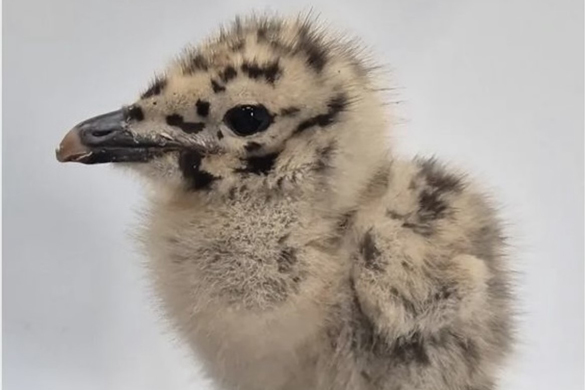
They will be receiving care from parents regularly.
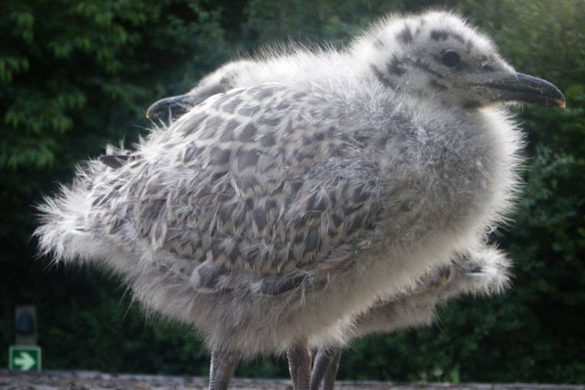
They will be receiving care from parents less regularly and should be monitored for at least 12 hours.
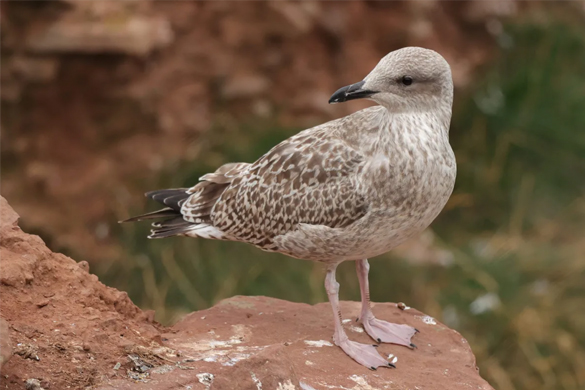
They should be left in situ as parents may have naturally left the chick to fend for itself.
Key points to remember
- If a gull chick appears to be healthy and the mother is visible do not touch them as they do not need help even if they are on the ground.
- If a fluffy gull chick appears to be healthy and the mother is not visible, you should monitor them for several hours as the mother will likely return. Do not touch them until the monitoring period is over.
- If a fledgling gull chick appears healthy and the mother is not visible, please monitor them for 24 hours. Fledgling gulls will call out for mother repeatedly. This does not mean they are abandoned! The parents are trying to leave the gull to gain independence.
- If a gull chick is in an unsafe area but the mother is scared off by your presence, move the gull chick to a safe nearby area and wait for mother to return. It is very unlikely that she will abandon her chicks due to one frightening situation.
- If a gull chick has fallen from the roof of your house, every effort must be made to attempt to get the gull chick up high again. If the nest is disturbed, a fake nest can be created and the parents will return.
Herring gull
Many people do not know this but our native Herring Gull is a red listed species which means their population is in serious decline. We need your help to be our eyes on the skies and help this species not only survive, but thrive.
It is also an offence to intentionally injure or destroy any wild bird, including gulls, their nests and eggs. Failure to comply can lead to severe penalties.
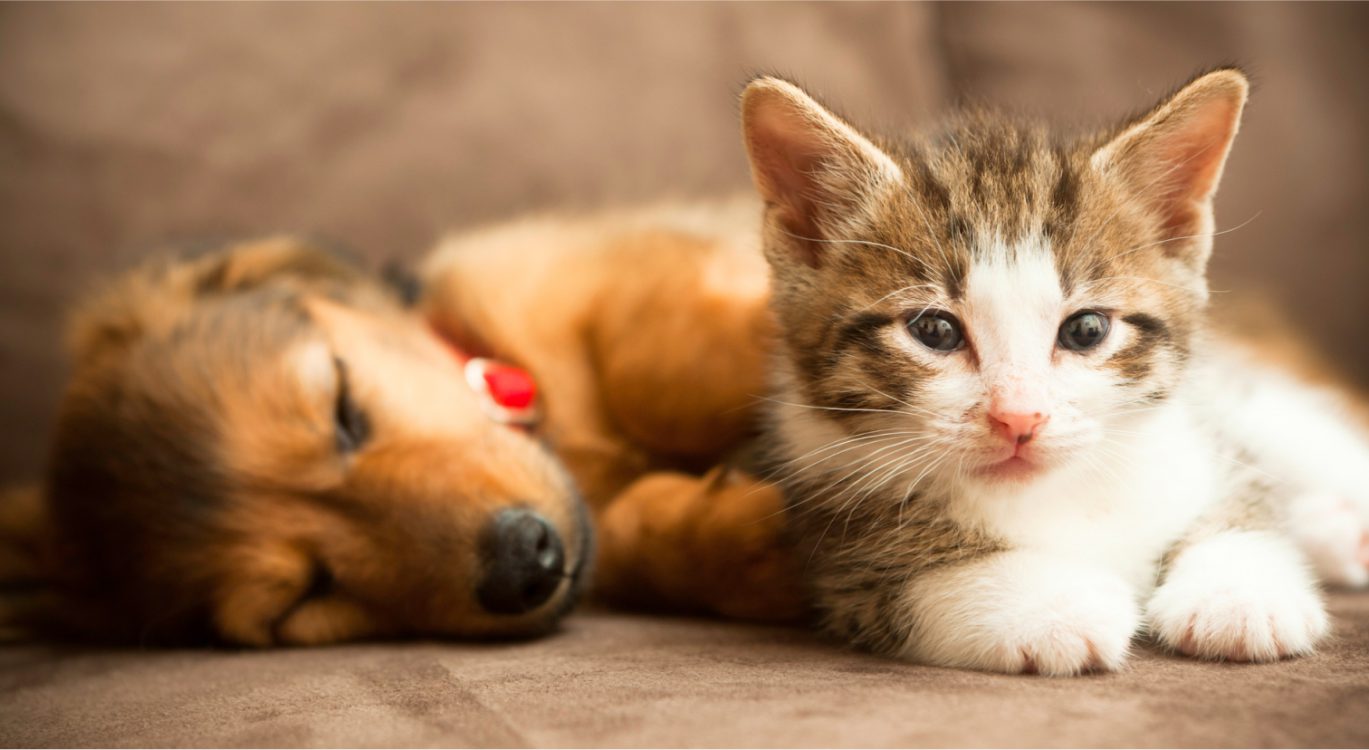
Support us from £5 a month
It costs us £63,000 every day to continue the work that animals across Scotland depend on. Our work is only possible because of the generosity of people like you.


